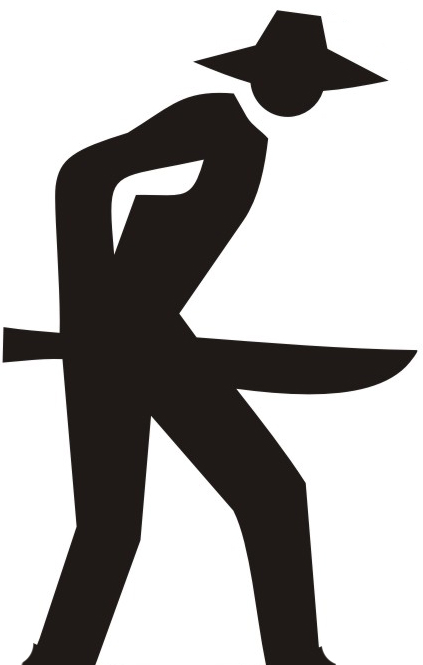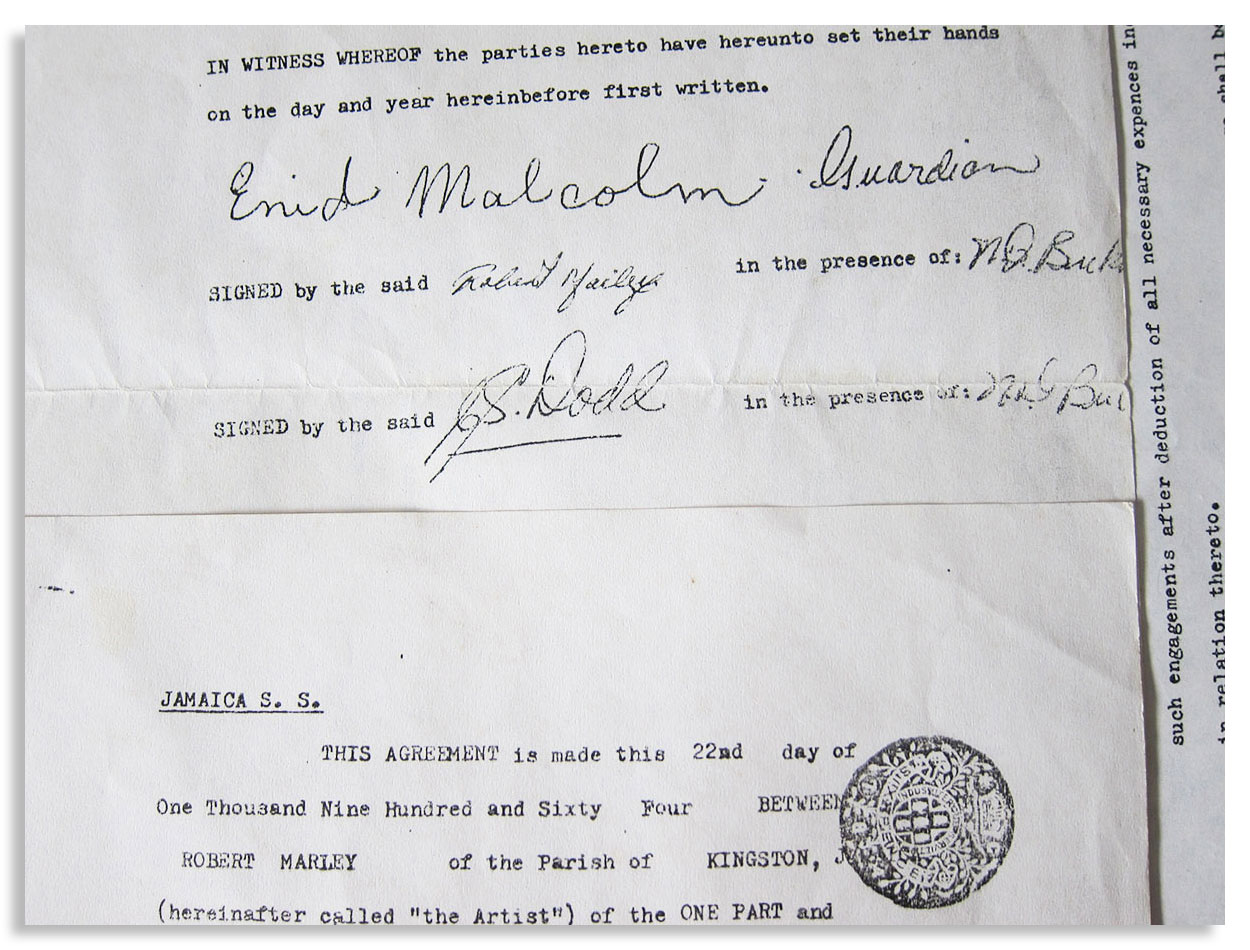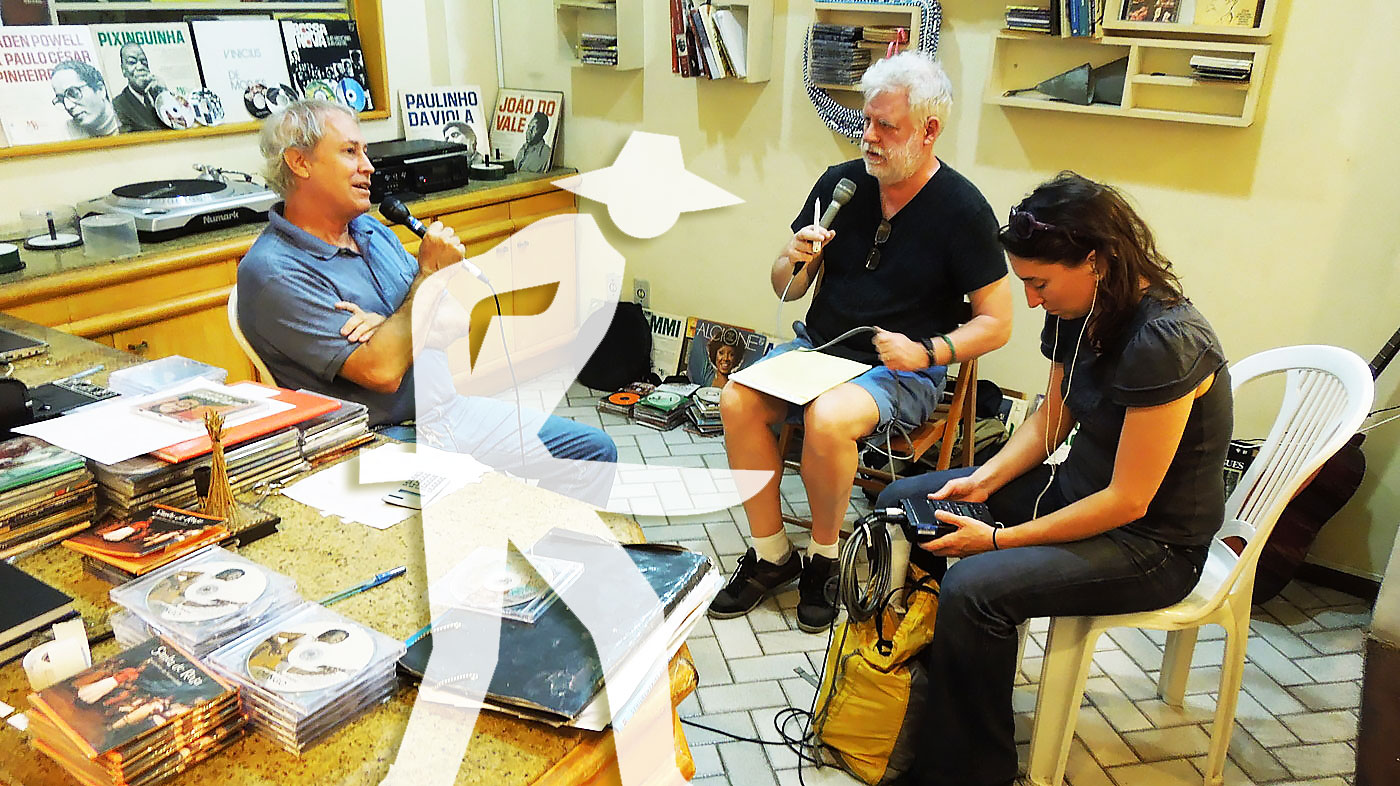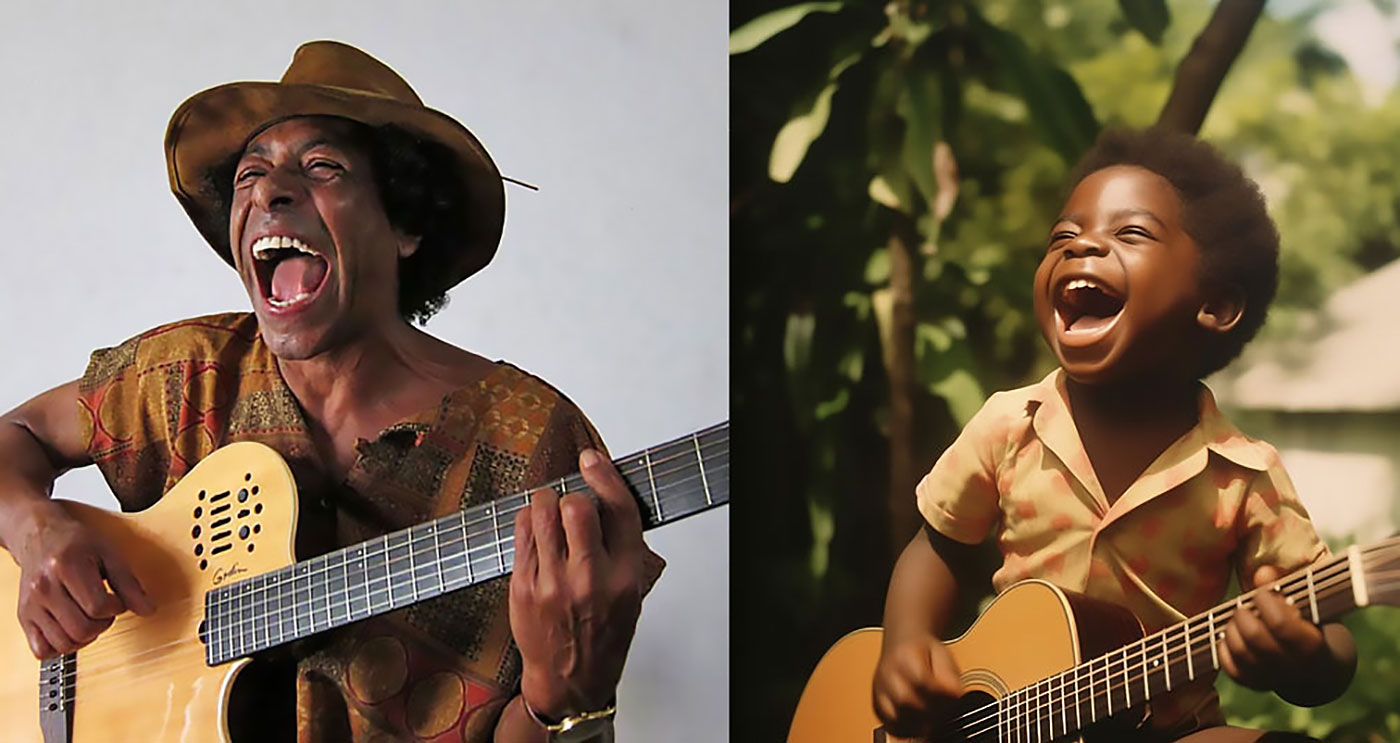CURATION
- from this page: by Matrix
Network Node
- Name: Michael Olivera
- City/Place: New York City
- Country: Brazil
- Hometown: Santa Clara, Cuba
Life & Work
-
Bio:
With a long career as a drummer, producer, composer and arranger, Cuban Michael Olivera, a graduate of the National School of Art in Havana, recorded his first work as a bandleader, "Ashé", a word derived from the Yoruba language (Afro-Cuban) , and whose meaning is "divine blessing". After the success of ASHÈ, Olivera presented his work to us, once again captivating OASIS with a sea of contagious melodies and rhythms, now Olivera surprises us again with this new formation The Cuban Jazz Syndicate, which brings together the best artists Cubans residing in Spain, and the brand new album "Y llegó la luz".
Closely linked to the jazz scene, he is one of the most important drummers of the current music scene, with more than 50 recorded albums and hundreds of projects with which he has participated in such important festivals as Jazz a Vienne, Marciac, North Sea Jazz , Montreux Jazz Festival, Montreal Jazz Fest, Blue Note NY, Tokyo Blue Note, Jakarta Jazz Festival, Warsaw Jazz Festival, Madrid Jazz Festival, Barcelona Jazz Festival and many others.
Michael Olivera was born in Santa Clara (Cuba), finished his music studies at the National School of Art (ENA - Havana) and, from an early age, has developed a long and intense professional career.
He has played with renowned artists and producers such as Quincy Jones, Alfredo Rodriguez, Richard Bona, Paquito de Rivera, Jorge Pardo, Pepe Rivero, Caramelo de Cuba, Rick Wakeman, Javier Colina, Tomatico, Munir Hossn, Yonathan Avishai, Sintesis, among others.
ESPAÑOL
Con una larga carrera como baterista, productor, compositor y arreglista, cubano Michael Olivera, graduado de la Escuela Nacional de Arte de la Habana, grabó su primer trabajo como bandleader, “Ashé”, palabra que deriva del lenguaje Yoruba (Afro-Cubano), y cuyo significado es “Bendición divina”. Después de el éxito de ASHÈ, Olivera nos presentó su trabajo, OASIS cautivando una vez más a todo público con un mar de melodías y ritmos contagiosos, ahora Olivera nos vuelve a sorprender con esta nueva formación The Cuban Jazz Syndicate, que reúne los mejores artistas cubanos residentes en España en su nuevo disco "Y llegó la luz".
Estrechamente ligado ligado a la escena jazzística, es uno de los bateristas más importantes de la escena musical actual, con más de 60 discos grabados y cientos de proyectos con los que ha participado en festivales tan importantes como Jazz a Vienne, Marciac, North Sea Jazz, Montreux Jazz Festival, Montreal Jazz Fest, Blue Note NY, Blue Note Tokio, Jakarta Jazz Festival, Warsaw Jazz Festival, Madrid Jazz Festival, Barcelona Jazz Festival y muchos otros.
Desde muy temprana edad, ha desarrollado una larga e intensa carrera profesional. Ha tocado con reconocidos artistas y productores como son Quincy Jones, Alfredo Rodriguez TRIO, Richard Bona, Jorge Pardo, Paquito de Rivera, Pepe Rivero, Caramelo de Cuba, Rick Wakeman, Javier Colina, Tomatico, Munir Hossn, Yonathan Avishai, Sintesis, Chano Dominguez entre muchos otros grandes artístas.
Contact Information
- Contact by Webpage: http://www.michael-olivera.com/contactocontact.html
Media | Markets
- ▶ Buy My Music: http://www.michael-olivera.com/store/c1/Productos_presentados.html
- ▶ Instagram: michaeloliveramusic
- ▶ Website: http://www.michael-olivera.com
- ▶ YouTube Channel: http://www.youtube.com/@MichaelOlivera
- ▶ Spotify: http://open.spotify.com/album/545l55y7F2tTixK5wPMOf4
- ▶ Spotify 2: http://open.spotify.com/album/05oaPITAgIr2UEtGckCwz7
- ▶ Spotify 3: http://open.spotify.com/album/7vKKg1SiGfeCvPwGJRMgwD
- ▶ Spotify 4: http://open.spotify.com/album/2f69BiwR6D3GZxFupBafsu
Clips (more may be added)
The Matrix is a small world network. Like stars coalescing into a galaxy, creators in the Matrix mathematically gravitate to proximity to all other creators in the Matrix, no matter how far apart in location, fame or society. This gravity is called "the small world phenomenon". Human society is a small world network, wherein over 8 billion human beings average 6 or fewer steps apart. Our brains contain small world networks...
![]() Wolfram MathWorld on the Small World Phenomenon
Wolfram MathWorld on the Small World Phenomenon
![]() Matemática Wolfram sobre o Fenômeno Mundo Pequeno
Matemática Wolfram sobre o Fenômeno Mundo Pequeno
"In a small world, great things are possible."

It's not which pill you take, it's which pathways you take. Pathways originating in the sprawling cultural matrix of Brazil: Indigenous, African, Sephardic and then Ashkenazic, European, Asian... Matrix Ground Zero is the Recôncavo, contouring the Bay of All Saints, earthly center of gravity for the disembarkation of enslaved human beings — and the sublimity they created — presided over by the ineffable Black Rome of Brazil: Salvador da Bahia.
("Black Rome" is an appellation per Caetano Veloso, son of the Recôncavo, via Mãe Aninha of Ilê Axé Opô Afonjá.)
"Dear Sparrow: I am thrilled to receive your email! Thank you for including me in this wonderful matrix."
—Susan Rogers: Personal recording engineer for Prince, inc. "Purple Rain", "Sign o' the Times", "Around the World in a Day"... Director of the Berklee Music Perception and Cognition Laboratory
"Thanks! It looks great!....I didn't write 'Cantaloupe Island' though...Herbie Hancock did! Great Page though, well done! best, Randy"
"We appreciate you including Kamasi in the matrix, Sparrow."
—Banch Abegaze: manager, Kamasi Washington
"This is super impressive work ! Congratulations ! Thanks for including me :)))"
—Clarice Assad: Pianist and composer with works performed by Yo Yo Ma and orchestras around the world
"Dear Sparrow, Many thanks for this – I am touched!"
—Julian Lloyd-Webber: UK's premier cellist; brother of Andrew Lloyd Webber (Evita, Jesus Christ Superstar, Cats, Phantom of the Opera...)
"Thanks, this is a brilliant idea!!"
—Alicia Svigals: World's premier klezmer violinist
Developed here in the Historic Center of Salvador da Bahia ↓ .
![]() Bule Bule (Assis Valente)
Bule Bule (Assis Valente)
"♫ The time has come for these bronzed people to show their value..."
Production: Betão Aguiar
MATRIX MODUS OPERANDI
Recommend somebody and you will appear on that person's page. Somebody recommends you and they will appear on your page.
Both pulled by the inexorable mathematical gravity of the small world phenomenon to within range of everybody inside.
And by logical extension, to within range of all humanity outside as well.
MATRIX (PARDAL)
I'm Pardal here in Brazil (that's "Sparrow" in English). The deep roots of this project are in Manhattan, where Allen Klein (managed the Beatles and The Rolling Stones) called me about royalties for the estate of Sam Cooke... where Jerry Ragovoy (co-wrote Time is On My Side, sung by the Stones; Piece of My Heart, Janis Joplin of course; and Pata Pata, sung by the great Miriam Makeba) called me looking for unpaid royalties... where I did contract and licensing for Carlinhos Brown's participation on Bahia Black with Wayne Shorter and Herbie Hancock...
...where I rescued unpaid royalties for Aretha Franklin (from Atlantic Records), Barbra Streisand (from CBS Records), Led Zeppelin, Mongo Santamaria, Gilberto Gil, Astrud Gilberto, Airto Moreira, Jim Hall, Wah Wah Watson (Melvin Ragin), Ray Barretto, Philip Glass, Clement "Sir Coxsone" Dodd for his interest in Bob Marley compositions, Cat Stevens/Yusuf Islam and others...
...where I worked with Earl "Speedo" Carroll of the Cadillacs (who went from doo-wopping as a kid on Harlem streetcorners to top of the charts to working as a janitor at P.S. 87 in Manhattan without ever losing what it was that made him special in the first place), and with Jake and Zeke Carey of The Flamingos (I Only Have Eyes for You)... stuff like that.

Yeah this is Bob's first record contract, made with Clement "Sir Coxsone" Dodd of Studio One and co-signed by his aunt because he was under 21. I took it to Black Rock to argue with CBS' lawyers about the royalties they didn't want to pay (they paid).
MATRIX MUSICAL
I built the Matrix below (I'm below left, with David Dye & Kim Junod for U.S. National Public Radio) among some of the world's most powerfully moving music, some of it made by people barely known beyond village borders. Or in the case of Sodré, his anthem A MASSA — a paean to Brazil's poor ("our pain is the pain of a timid boy, a calf stepped on...") — having blasted from every radio between the Amazon and Brazil's industrial south, before he was silenced. The Matrix started with Sodré, with João do Boi, with Roberto Mendes, with Bule Bule, with Roque Ferreira... music rooted in the sugarcane plantations of Bahia. Hence our logo (a cane cutter).
A Massa (do povo carente) / The Masses (of people in need)

-
Add to my PlaylistA Massa - Raymundo Sodré (7,093 plays)
-
Add to my PlaylistSina de Cantador - Raymundo So... (6,909 plays)
-
Add to my PlaylistMagnetismo - Raymundo Sodré ... (6,353 plays)
-
Add to my PlaylistSacando a Cana - Raymundo Sodr... (5,957 plays)
-
Add to my PlaylistMêrêrê - Raymundo Sodré (5,465 plays)
-
Add to my PlaylistJardim do Amor - Raymundo Sodr... (4,677 plays)
-
Add to my PlaylistDebaixo do Céu - Raymundo Sodr... (4,151 plays)
-
Add to my PlaylistDesejo de Amar - Raymundo Sodr... (3,861 plays)
-
Add to my PlaylistOração pra Yá Oxum - Raymundo ... (3,741 plays)
-
Add to my PlaylistYá África - Raymundo Sodré (3,509 plays)
-
Add to my PlaylistMeu Rio, Cadê o Papel - Raymun... (3,177 plays)
-
Add to my PlaylistCasa de Trois - Raymundo Sodré... (2,896 plays)
-
Add to my PlaylistMulher é Laço que Prende o Coração do Vaqueiro - R... (2,556 plays)







































































































































































































































































































































































































































































